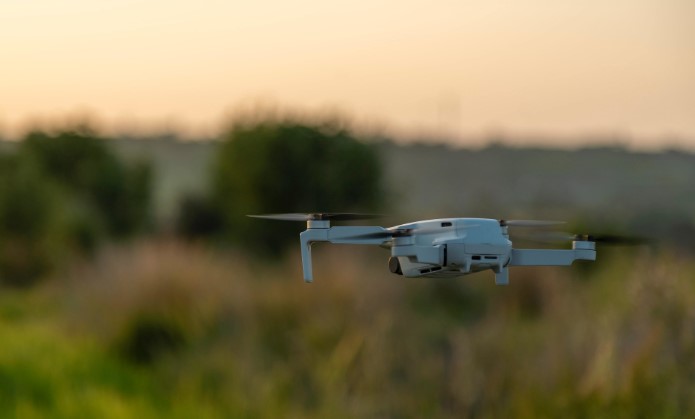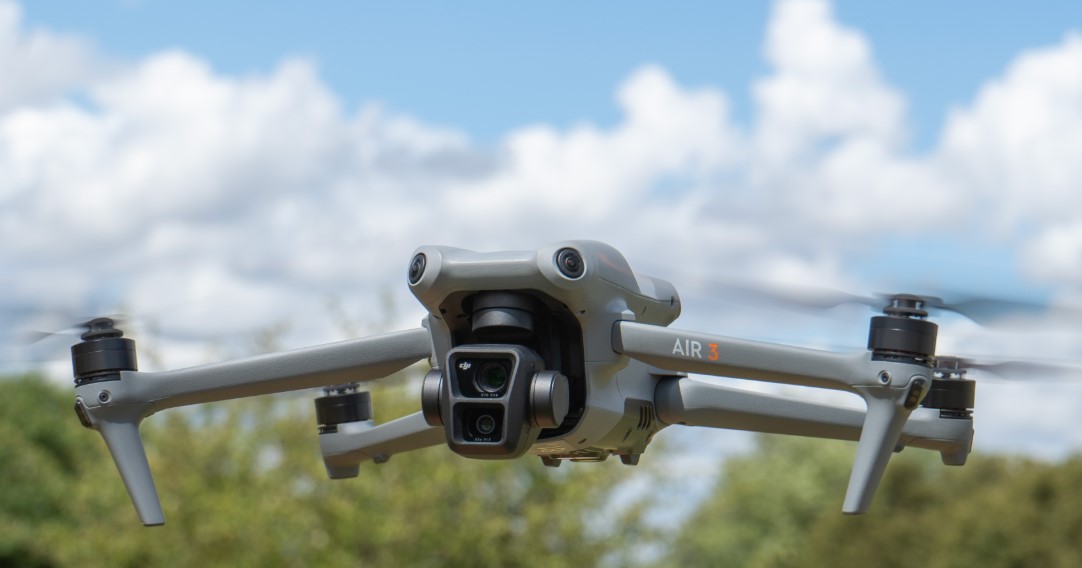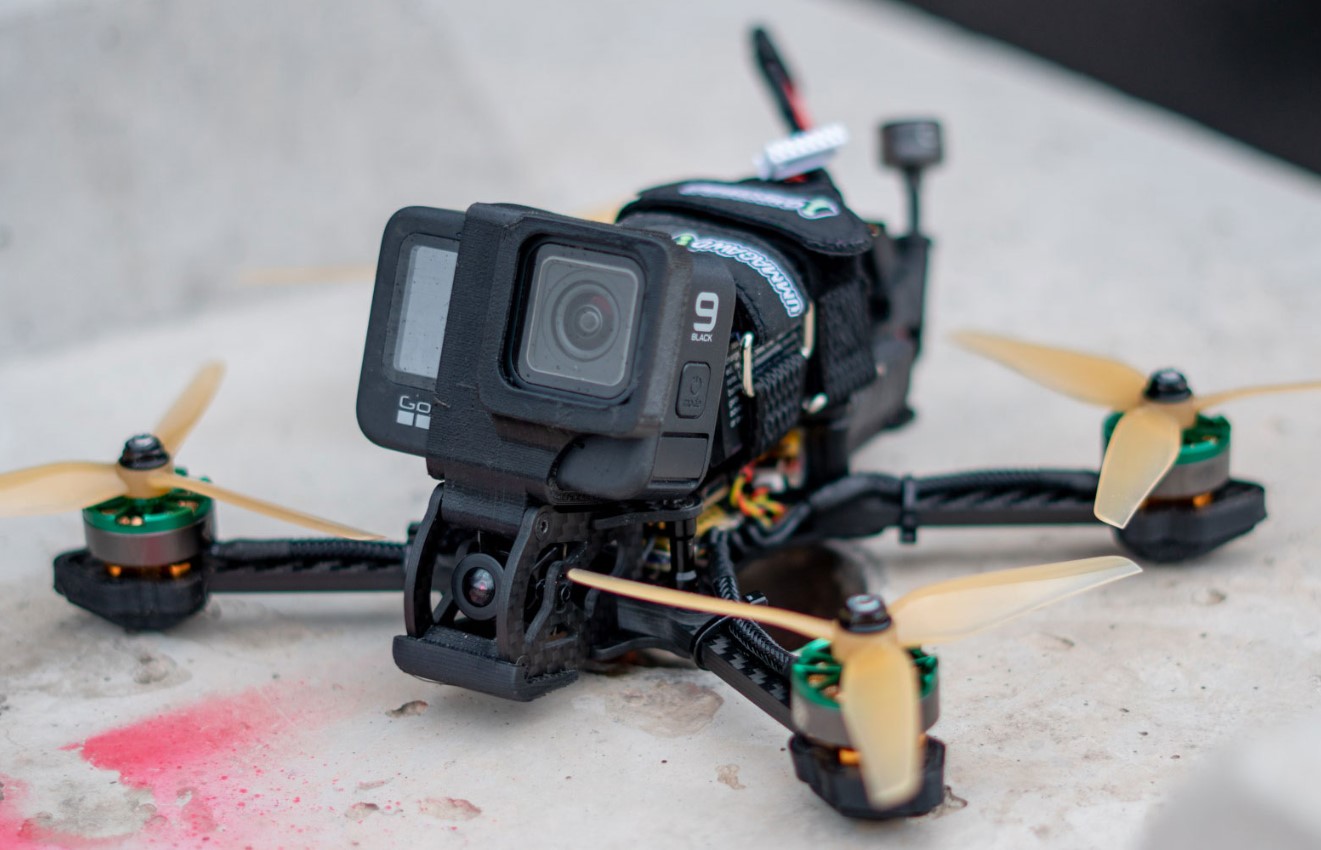Is drone fishing legal in Hawaii? This essay explores the legality of drone fishing in Hawaii, examining the laws, ethical concerns, and environmental implications of this modern fishing technique. Follow Dronevoz.com !!!
Understanding Drone Fishing
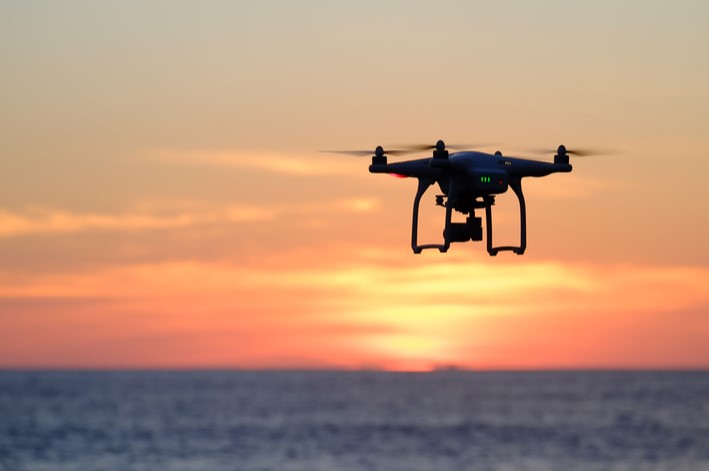
Drone fishing involves equipping drones with specialized gear, such as bait-dropping mechanisms and high-resolution cameras. The primary benefits of drone fishing include:
- Extended Range: Drones enable fishermen to cast bait far beyond traditional casting distances, reaching deeper waters with potential for larger catches.
- Enhanced Visibility: High-definition cameras attached to drones provide a bird’s-eye view of the water, allowing anglers to spot schools of fish or suitable fishing locations.
- Accessibility: Drones grant access to remote or hazardous fishing spots that would otherwise be inaccessible.
While drone fishing has transformed recreational fishing, it also raises several questions about its legal and environmental implications, especially in ecologically sensitive areas like Hawaii.
Fishing Regulations in Hawaii
Hawaii has a unique ecosystem, and its marine resources are crucial to the state’s biodiversity and cultural heritage. To protect these resources, the Hawaii Department of Land and Natural Resources (DLNR) enforces strict fishing regulations. These include:
- Fishing Licenses: Recreational fishing in Hawaii requires a license in certain areas, especially in freshwater locations.
- Protected Species: Fishing for certain species, such as Hawaiian monk seals or green sea turtles, is strictly prohibited.
- Equipment Restrictions: Rules exist around the types of equipment allowed for fishing, such as the use of nets, spears, and traps.
While traditional fishing methods are well-regulated, drone fishing introduces a new dynamic that requires interpretation under existing laws.
>>> Read: Swellpro fishing drone review: Features, performance, benefits
Is Drone Fishing Legal in Hawaii?
In 2022, Hawaii enacted a law that effectively banned the use of drones for fishing purposes. The law, Act 207 (SB2065), prohibits the possession or use of unmanned aerial vehicles (UAVs or drones) on, in, or near state marine waters for the purpose of fishing, unless permitted by the Department of Land and Natural Resources (DLNR).
Drone Usage Regulations:
- The Federal Aviation Administration (FAA) governs the use of drones in the United States, including Hawaii. According to FAA rules, drones must:
- Fly below 400 feet.
- Stay within the operator’s visual line of sight.
- Avoid restricted airspace, such as near airports or military installations.
- Hawaii also has state-specific laws restricting drone usage in certain areas, such as near wildlife sanctuaries.
Fishing Ethics and Equipment Use:
- Hawaiian fishing laws prohibit certain methods that harm marine ecosystems, such as the use of explosives or chemicals. Although drone fishing does not fall into these categories, it could be subject to scrutiny if deemed harmful to fish populations or habitats.
- Ethical concerns about overfishing or targeting protected species could influence the legality of drone fishing.
Marine Protected Areas:
- Hawaii has several marine protected areas (MPAs) where fishing is either restricted or prohibited. Using drones to fish in these areas could violate conservation laws.
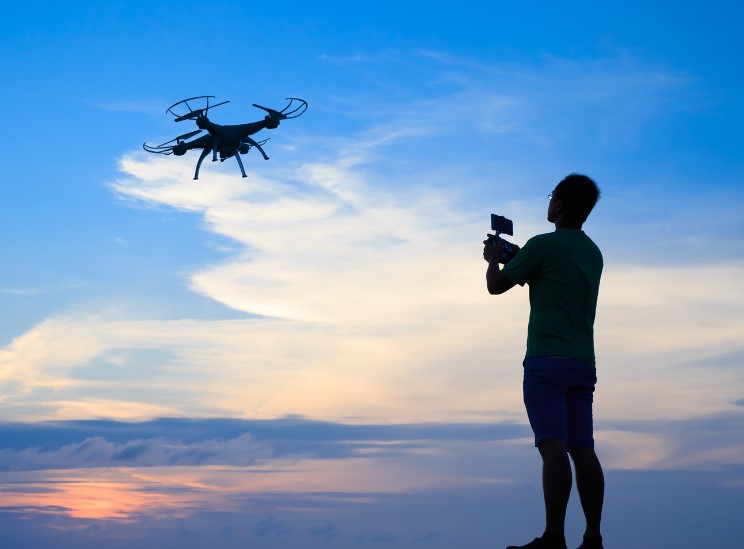
Ethical Considerations in Drone Fishing
Beyond legality, ethical concerns play a significant role in discussions about drone fishing. Critics argue that drone fishing gives anglers an unfair advantage, disrupting the balance between fishermen and marine ecosystems. Key ethical concerns include:
- Overfishing Risks: By allowing access to deeper waters and remote areas, drone fishing increases the potential for overfishing, particularly of species that are already under pressure.
- Impact on Traditional Practices: Hawaii has a rich history of traditional fishing methods, such as throw-net fishing and spearfishing. Drone fishing might overshadow these culturally significant practices, raising concerns among local communities.
- Fair Play in Recreational Fishing: Some argue that drone fishing diminishes the skill and patience traditionally associated with the sport, turning it into a technology-driven activity.
Environmental Implications
Hawaii’s marine environment is fragile and highly susceptible to external pressures. Drone fishing’s potential environmental impact warrants careful consideration:
- Disturbance to Marine Life:
- Drones flying over water can disturb marine animals, especially birds and surface-dwelling species. The noise and presence of drones may alter their natural behaviors.
- Dropping bait from drones could inadvertently feed or attract non-target species, disrupting the local ecosystem.
- Pollution Risks:
- Malfunctions or accidents could result in drones falling into the water, leading to pollution from batteries and other electronic components.
- The use of synthetic materials in bait-dropping devices or fishing lines may contribute to marine debris.
- Protection of Endangered Species:
- Hawaii’s waters are home to several endangered species, such as the humpback whale and Hawaiian monk seal. Increased fishing activity facilitated by drones might inadvertently harm these animals.
Conclusion
The legality of drone fishing in Hawaii is a complex issue with implications for both conservation and recreational fishing. While the current ban may limit innovation and technological advancement, it aims to protect Hawaii’s delicate marine ecosystems and ensure fair and sustainable fishing practices. Anglers and drone enthusiasts should stay informed about the latest regulations and respect the laws to avoid potential legal consequences.
>>> Click How Much Line For Drone Fishing?
